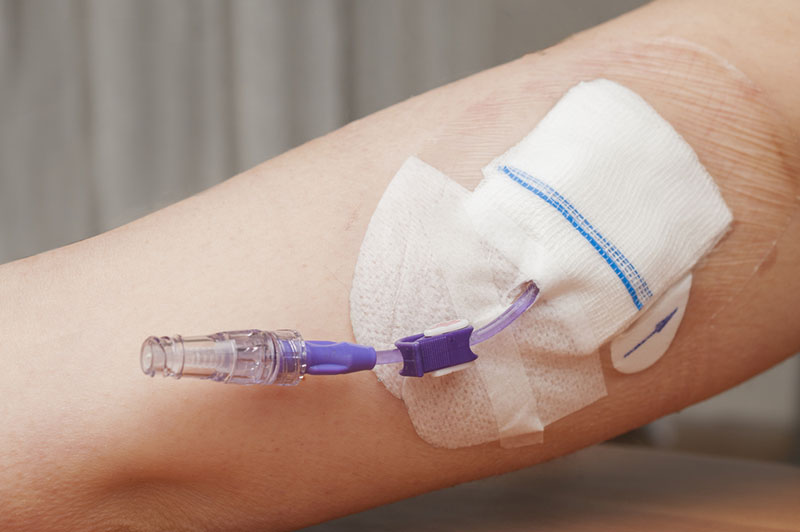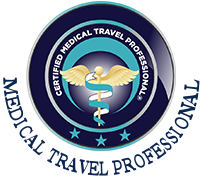
A PICC line, a Hickman line, and a port are all types of central venous catheters (CVCs). CVCs are tubes that are inserted into a large vein, such as the vein in the neck, chest, or groin. CVCs are used to deliver fluids, medications, and nutrients directly into the bloodstream. During a CAR-T procedure, the patient will need one of lines.
PICC line
A PICC line is a peripherally inserted central venous catheter. This means that it is inserted into a vein in the arm and threaded up to a large vein in the chest. PICC lines are typically used for short-term to medium-term use, such as for a few weeks to a few months.
Hickman line
A Hickman line is a tunneled central venous catheter. This means that it is inserted into a vein in the arm and threaded under the skin to a large vein in the chest. The end of the catheter is then brought out through a small incision in the skin. Hickman lines are typically used for medium-term to long-term use, such as for several months to a year or more.
Port
A port is a type of CVC that is implanted under the skin. The port has a small reservoir that is accessed with a needle. Ports are typically used for long-term use, such as for several years.
Comparison of PICC lines, Hickman lines, and ports
| Characteristic | PICC line | Hickman line | Port |
|---|---|---|---|
| Insertion site | Arm | Arm | Under the skin |
| Tunneled | No | Yes | Yes |
| Duration of use | Short-term to medium-term | Medium-term to long-term | Long-term |
| Risk of infection | Lower | Higher | Lowest |
| Maintenance | Daily flushes and dressings | Weekly dressings | Monthly flushes |








